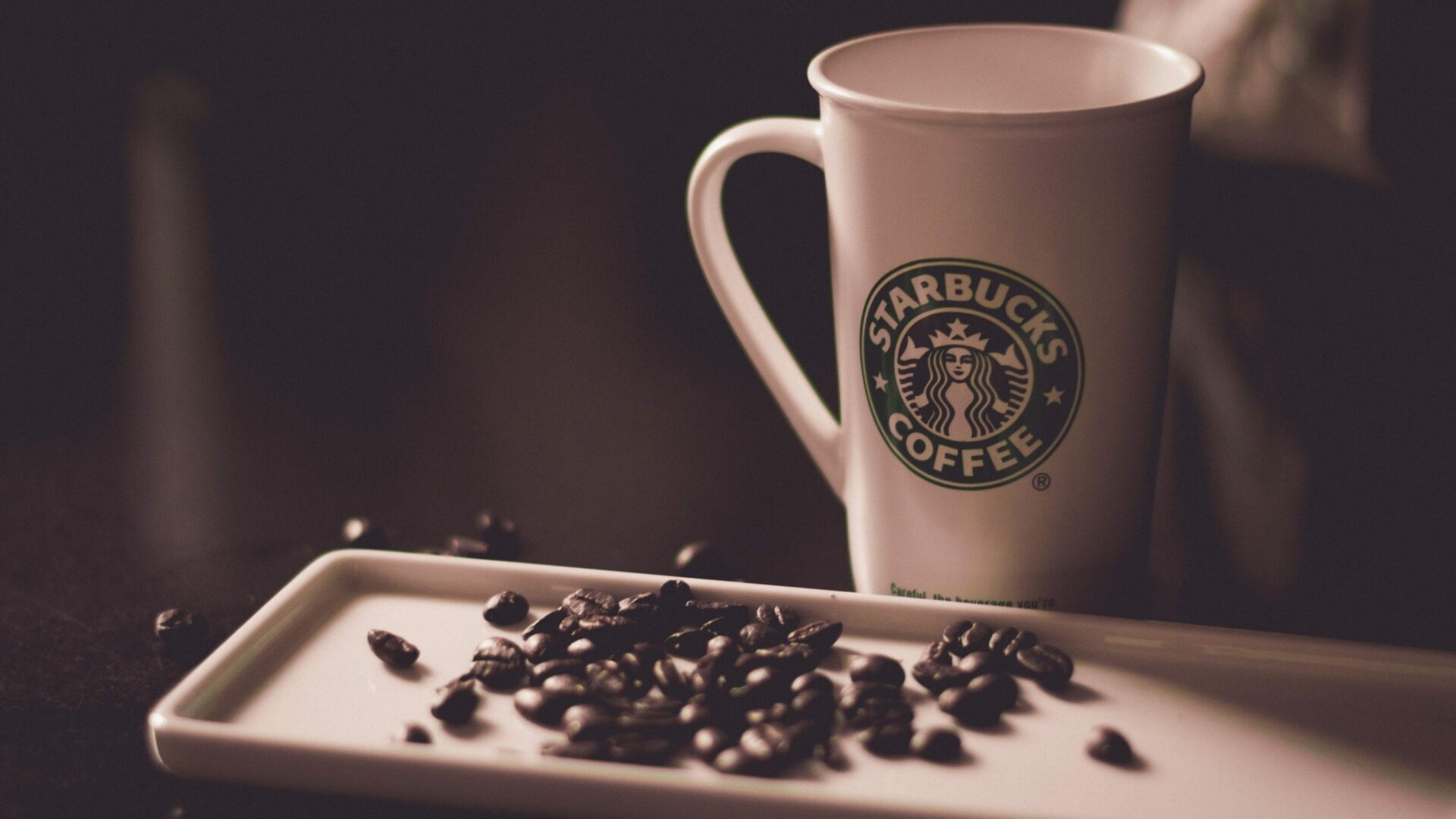Nearly 20 years ago—pre-proliferation of mobile phones—Starbucks tested a call-and-pickup method for ordering coffee from their store. The result was less than lackluster, with not enough infrastructure or bandwidth to support the changes, their initiatives quickly fell flat.
But the steep learning curve for adopting new technologies has never derailed this industry leader into submission. Fast forward to today and Starbucks accounts 16% of transactions to their mobile apps order-and-pay feature. While this number might seem menial to the mass amounts of Starbucks enthusiasts, consider this, according to a recent report from Statista the number of mobile users from July 2014 to April 2016 rose by nearly 7 million users, and that number is only growing.
With so many industries conceding to the pull of eCommerce, mobile first initiatives tend to fall into the backdrop. But the proof is in the pudding: the easiest and most accessible way to consumer engagement and user personalization is through mobile devices.
Be Where Your Customers Are
According to a recent estimate, mobile devices account for 65% of total digital media consumption. With that in mind, brands know exactly where to find their customers: on their phone.
Starbucks, through mobile ease-of-use, is experiencing an unprecedented number of user engagement from old and new customers and doubled their mobile-app members in a year. This has, likewise, increased their presence as a larger player in the technology and eCommerce world and other industries are taking note.
How it Works
Members who use Starbucks’ mobile app can choose a location, browse, select, and customize their order, view the estimated time frame, and even prepay for their meal well before they even reach the store.
The app has further enhanced their rewards system, where users can redeem points and keep track of transactions based on a star-point system. Starbucks loyalty program has been lauded as the best in the business and has reached an unparalleled level of personalization. The main features home page displays music playing at the stores frequented by the user and suggests products based on previous purchases. The look and feel recreates a mini-version of an actual store experience, but the biggest plus is that it’s completely designed based on the user’s individual preferences.
What the Future Looks Like
If the present is any indication of what the future holds, consumers may be moving primarily to buying on mobile devices. China is the first market in the world where more purchases were made on mobile than on the computer, and they account social platform integrations for this shift. WeChat, a popular Chinese mobile messaging app, boasts 800 million users and is a place where Starbucks has quickly made a strong presence.
Other industries have made the mistake of believing they are immune to the mobile wave. If you would have told someone ten years ago that people would be using a mobile app for car rides, they wouldn’t have believed you. But Uber, Amazon Go, and Mobile Banking are all examples of ways that companies have solidified their place as market leaders simply by focusing on mobile ease-of-use.
Industry leaders are learning to position themselves as tech pioneers to ensure a safeguard against a consistently disruptive economy. What we can learn from Starbucks’ mobile app is that user-personalization and mobile integration is paramount to success. And it’s time for all industries to follow suit.







